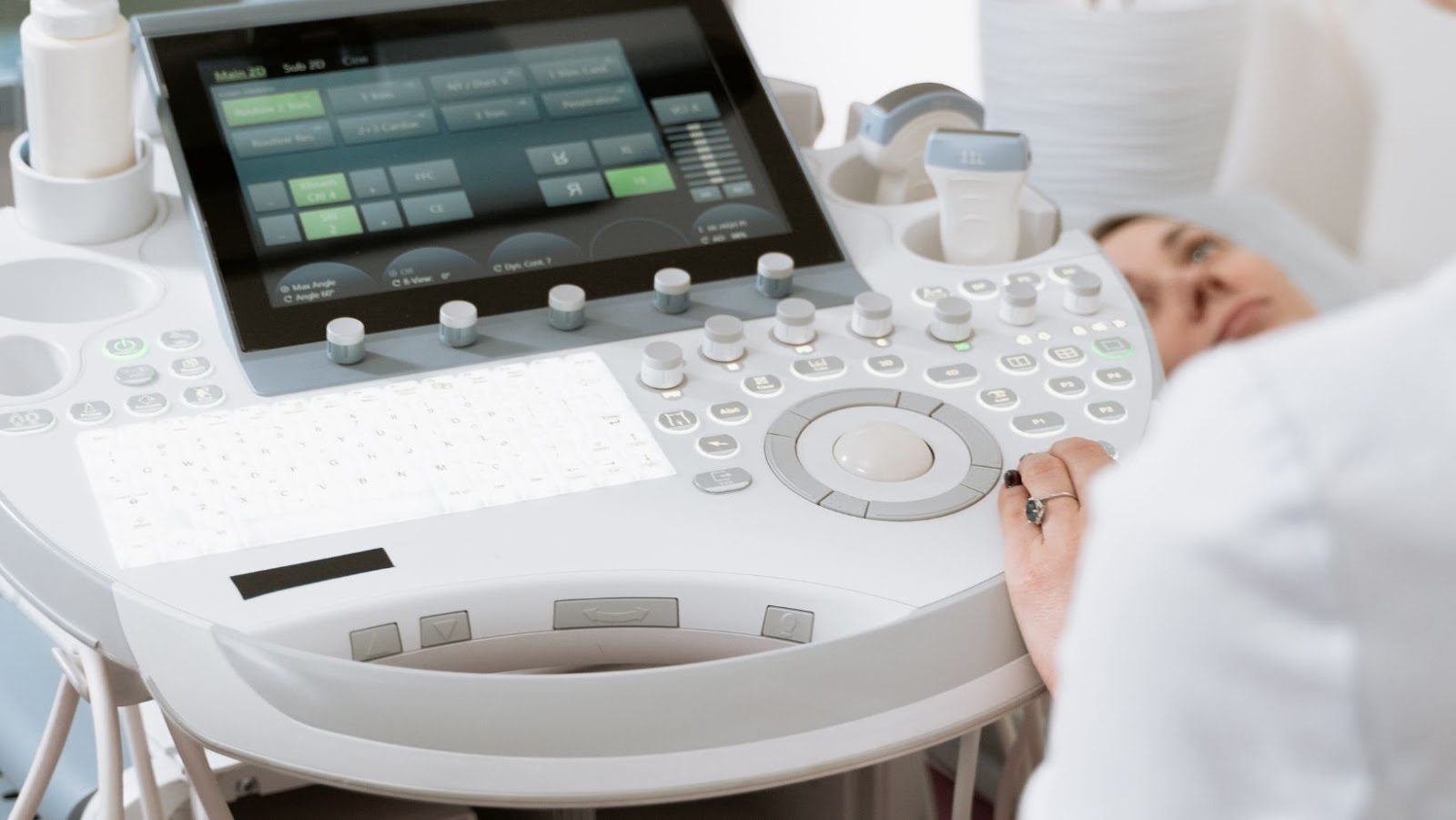With so many products on the market, it can be difficult to know which require CE certification and which don’t. If you’ve ever found yourself asking the same question, you’re not alone. In this article, we’ll break down the industries and product categories that require CE certification to help you understand the regulations that apply to your product.
The Importance of CE Certification
CE certification is crucial in various industries and product categories. Without the necessary certifications, businesses may face significant challenges when attempting to enter the EU market or risk legal consequences for non-compliance. Without the necessary certifications CE, businesses may face significant challenges when attempting to enter the EU market or risk legal consequences for non-compliance.CE certification ensures that products meet safety, health, and environmental protection standards set by the EU. It also assures consumers that the products they are using are safe and reliable.
Different industries require specific types of CE certifications before products can be sold in the EU market. For example, the medical device industry requires relevant CE certifications such as Class I, IIa, IIb or III based on their level of risk. Electrical appliances and machinery industries also require specific CE certifications to demonstrate that their products comply with essential safety requirements. The type of CE certification required by each industry varies and is determined by the product’s intended use.
Unique details associated with each product category may influence the type of CE certification needed for compliance. For instance, toys must meet specific chemical requirements while construction products must satisfy durability standards. It is essential that businesses identify which certification is required for their product’s category to avoid delays in entering the EU market.
In 1993, the European Union introduced the CE marking process as a means for harmonizing quality assurance standards across member states. The process allows conformity assessments to be made once rather than multiple times for different national markets within Europe.
Overall, obtaining CE certification should not be considered a constraint but rather an opportunity for manufacturers to demonstrate their commitment to providing safe products that conform with internationally recognized quality standards and gain access to lucrative global markets like Europe.
CE certification: Because putting our trust in untested products is a shock to no one.
Industries and Products Requiring CE Certification
CE Certification Requirements for Various Industries and Products
To comply with the European Union’s health, safety, and environmental regulations, manufacturers must obtain CE certification for certain products. Here is a breakdown of industries and product categories that require CE certification:
|
Industry/Product Category |
Examples |
|
Medical Devices |
Surgical instruments, diagnostic equipment |
|
Machinery |
Industrial machines, equipment |
|
Toys |
Dolls, board games |
|
Electronics and IT Equipment |
Laptops, mobile phones |
|
Pressure Equipment |
Boilers, gas cylinders |
|
Personal Protective Equipment (PPE) |
Safety helmets, masks |
|
Construction Products |
Building materials, machinery, tools |
In addition to these industries and product categories listed above, any other product marketed within the EU that poses a risk to the environment or consumer safety requires a CE certification.
When submitting products for CE certification, manufacturers must provide detailed technical documentation outlining the design principles used in creating the product that demonstrates compliance with relevant EU directives. Further details about the process requirements can be found on the official website of the EC.
One example of how important it is to have these certifications occurred in 2019 when an electronics company was fined $31 million after pleading guilty to selling mobile phones without proper CE marking from governing bodies. This highlights how crucial it is to ensure your product meets stringent regulations around CE marking if you’re exporting goods for sale in Europe.
Sorry kids, your toy needs to pass more tests than you do in school to get that CE stamp of approval.
Toys and Children’s Products
Products that are designed for children or cater to their needs demand exceptional safety measures and meticulous testing procedures before they can hit the market. Such items may include infant clothing, car seats, high chairs, strollers and toys. To ensure the safe use of these products, they must undergo rigorous testing and certification processes set forth by CE regulations.
When it comes to children’s toys, CE certification demands that products must meet stringent safety standards including strict guidelines on the use of materials that go into manufacturing them. This involves a series of checks on items like buttons, wheels, wires and even sound volumes as well as temperature levels.
Additionally, manufacturers must conduct age-appropriate tests to gauge if the products pose any risks such as choking hazards or electric shock. All packaging containing relevant information such as user instructions and assembly guides must also follow strict guidelines.
Pro Tip: It is crucial to ensure that your child’s toys are certified under CE regulations and have undergone comprehensive safety checks in keeping with industry standards.
Need a heart transplant but not sure if that scalpel is up to par? Don’t worry, all medical devices and equipment require CE certification!
Medical Devices and Equipment

To ensure the safety of medical devices and equipment, certain measures must be taken. This is exceptionally crucial for a vital industry such as healthcare. Here is an overview of the requirements for CE certification for Medical Devices and Equipment:
|
Product Category |
Description |
Example Products |
|
Medical electronics equipment |
Devices used to monitor patient health or provide therapeutic treatments electronically. |
Blood glucose meters, EKG machines, Hemodialysis machines. |
|
Surgical instruments and apparatuses. |
Handheld tools utilized during minor procedures such as biopsies or suturing wounds. |
Tissue forceps, retractors, scalpels. |
|
X-ray equipment and accessories |
Equipment which emits radiation in order to take internal pictures of the body. |
Radiography imaging systems including traditional radiography systems, pediatric radiography systems and mammography units are just a few examples. |
|
Anesthesia & Respiratory devices & equipment |
A device that provides therapeutic respiratory support when breathing becomes impaired. Leg bags, CPAPs and humidifiers are some examples per category. |
Protective gloves, nasal cannulae, oxygen delivery apparatuses. |
Medical devices and equipment are critical for healthcare. In addition, Medical Devices and Equipment come in many different categories. Table-based regulation can help keep track of which subcategories require certification to minimize any potential danger. Producers must comply completely with the regulations if they want to put their products on the market.
Pro Tip: Consult with a professional when submitting your device to acquire CE certification—this can be a complicated process.
Remember folks, if you’re buying machinery without CE certification, it’s not just a matter of cutting corners, it’s a matter of cutting off limbs.
Machinery and Industrial Equipment
For products falling under the category of Machinery and Industrial Equipment, CE certification is always necessary. This category includes machinery used in various applications such as manufacturing, construction, and mining.
A table could present a detailed breakdown of the requirements for attaining CE certification for Machinery and Industrial Equipment. The table has columns such as Product Description, Harmonized Standard Procedures, Essential Health and Safety Requirements (EHSRs), Declaration of Conformity Requirements, Technical Documentation Requirements, and Others.
|
Product Description |
Harmonized Standard Procedures |
EHSRs |
Declaration of Conformity Requirements |
Technical Documentation Requirements |
Others |
|
Machinery with Moving Parts for Material Processing |
EN 1010-1:2020 Safety of machinery – Safety requirements for design and construction Part 1: General principles |
Protection against Mechanical Hazards, ergonomics and human factors aspects, Noise emissions level |
Self-certified or Third-party certification from an EU based authorized body required depending on risk assessment results |
User Manual Preparation Required to include Equipment Description & Identification / Design & Production drawings / Parts list /Risk Assessment / Applicable Standards List & test reports / Maintenance instructions/Installation/Assembly Plan / Emergency Stop Plan etc. | |
|
Hydraulic or Pneumatic Control Systems in Machinery(Not for Life Threatening Applications) |
EN 13849-1:2015 Safety of machinery – Safety-related parts of control systems Part 1: General principles for design |
Self-certified or Third-party certification from an EU based authorized body required depending on risk assessment results |
Validated Risk Assessment Report along with Controller Design Inputs documentations will be checked | ||
|
Mobile Elevating Work Platform (MEWP) |
EN280+A1 when deployed |
Certificate from Notified Body Required at all Stages |
Technical File containing Information like Operator manual in accordance with latest version of listed standards(Operation Instruction,Certification copy etc.)COC/MTC, Maintenance, Commissioning and Spare Parts List etc. |
EU Type Examination Certificate Assessment |
It’s crucial to note that there are further prerequisites for achieving machinery certification. As manufacturers work towards attaining CE certifications, they must also comply with the latest industry and global standards laid down by international organizations such as ISO (International Organization for Standardization).

Manufacturers need to consider a few suggestions to attain successful CE certification for their Machinery and Industrial Equipment products. It is suggested they carry out extensive research on updated regulations that apply to their particular sector or product type. They should conduct thorough testing of their equipment according to specific procedures mandated by EU requirements. Furthermore, identifying risks associated with operating the equipment and preparing safety precautions, instructions for use manuals targeted at employees, customers etc., maintenance programs can control hazard effect more effectively.
Get ready to navigate a bureaucratic maze that makes the Minotaur’s labyrinth look like a walk in the park.
Navigating the CE Certification Process
Achieving European Conformity Certification requires a systematic approach that varies depending on the industry and product category. To navigate this process effectively, one must have a firm understanding of the applicable regulations and standards.
For a detailed breakdown of which products require CE certification in various industries and categories, please refer to the table below:
|
Industry |
Product Category |
Examples |
|
Medical Devices |
Active Implantable, In-Vitro Diagnostic Devices, General Medical Devices |
Pacemakers, Blood Glucose Monitors, Surgical Instruments |
|
Electronics |
Radio and Telecommunications Terminal Equipment (R&TTE), Low Voltage Devices (LVD), EMC |
Mobile Phones, Household Appliances, Electronic Toys |
|
Toys |
Mechanical and Physical Properties, Flammability |
Board Games, Dolls, Ride-On Toys |
|
Machinery |
Safety Features |
Agricultural Equipment, Construction Machinery |
It is essential to note that obtaining European Conformity Certification involves a systematic process; it cannot be achieved overnight. It is crucial to identify the relevant directives and standards applicable to your product before commencing the conformity assessment process.
When navigating the CE certification process, consider engaging with an authorized representative or notified body to guide you through the process. It is essential to ensure that your documentation is accurate as incomplete documentation may hinder or delay certification. Lastly, routine quality controls should be established to maintain compliance post-certification.
By following these suggestions above and knowing which products require CE certification in different industries and categories will set you apart from your competition while ensuring compliance with all legal requirements for selling your products within Europe.
Compliance agencies: because sometimes making sure your product won’t blow up in someone’s face requires a little extra help.
The Role of Compliance Agencies in CE Certification
Compliance Agencies play a pivotal role in facilitating and assisting the CE certification process. They provide support on regulations, technical documentation, and product testing. Their comprehensive knowledge of the CE regulations and the conformity assessment procedure ensures that they provide the necessary guidance to their clients for successful CE marking. This is where compliance agencies like 360 compliance can offer unmatched value with their expertise in global compliance services.
CE Certification is a complex and tedious process which requires technical expertise regarding specific products. It involves understanding various directives and standards related to the product category, performing risk assessments, testing, inspections, and issuing relevant documents. Compliance agencies act as knowledgeable consultants that help achieve CE certification while ensuring all requirements are met.
One of the significant advantages of working with compliance agencies is that it frees manufacturers from having to deal with various regulatory authorities from multiple countries independently. Instead, they can outsource this challenging task to an experienced agency like 360 compliance, relieving them of the burden of navigating through the labyrinth of laws across different countries and jurisdictions.
CE Certification was introduced in 1985 as a means of removing trade barriers between European countries for specific products. However, over time it has evolved into an essential indicator for consumer safety. The certification mark denotes that a product has met specific safety, health, and environmental protection requirements outlined by EU legislation.
You don’t need to be certified to know that CE stands for ‘Compliance with Europeans’.
Conclusion
To summarize, CE certification requirements are a complex and essential part of ensuring compliance with European regulations across industries. From medical devices to construction products, each product category requires specific testing and documentation to obtain certification. It is important to remember that obtaining European conformity certification is a complex process that requires careful attention to detail and adherence to strict standards. Make sure to consult with a qualified expert before beginning the certification process.


